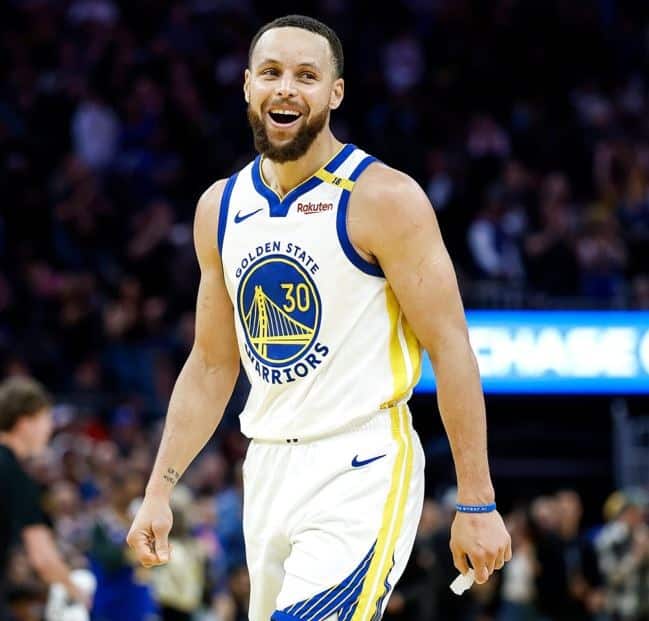
OSCAR DEL POZO/AFP via Getty Images
Euroleague, FIBA, NCAA, and WNBA games are all 40 minutes long. Why is the NBA 48 minutes?
Adam Silver posed that question during an interview, and the downstream ramifications are fascinating. Certainly, 10-minute quarters would make the most significant impact. The NBA could get close to its desired two-hour broadcast window, and as someone constantly battling to stay up-to-date on 30 different teams, I’d personally welcome a quicker game. Perhaps the reduced minutes’ load would even reduce superstar injuries, arguably the gravest threat to league popularity.
But there are plenty of subtler knock-on effects. Most NBA records would become unobtainable (although the NBA has never been quite as beholden to records as the MLB, the chase still creates excitement!). Additionally, fans intrinsically understand what “good” per-game stats are, built upon decades of exposure and experience. They’d need to recalibrate their expectations, which may cause some friction.
Perhaps most worryingly, however, is what would happen to players and rosters. If starters typically play 30-35 minutes per game today, they likely wouldn’t see much of a reduction in playing time. However, reserves averaging 18 minutes per game could see their minutes cut by 30 percent or more, which would reflect in their corresponding paychecks. Backups matter less if they play less, and if starters play more, there would be less variance, and less night-to-night parity.
Theoretically, shorter games could even lead to smaller rosters overall – 10 active players instead of 12, for example, very conveniently saving the owners a boatload of money.
Shortening games would solve one problem but introduce many more.
For more from Mike Shearer, check out his irreverent blog Basketball Poetry, where he deep-dives the NBA several times per week.






